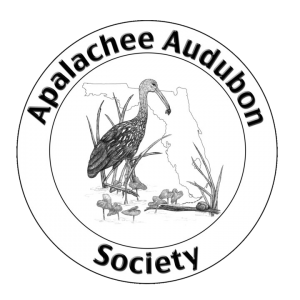Recently, the southeastern U.S. Coastal Plain—a vast natural area ranging from Martha’s Vineyard of Massachusetts to the Rio Grande River in Texas—has been recognized as one of the Earth’s top 35 biodiversity hotspots. Nestled in this 2,000-mile-long region lies a smaller area about 50 by 180 miles that supports the highest biodiversity in the larger regtion that is widely recognized as one of the top biodiversity hotspots in the U.S. and Canada. There live the most native frogs (29 species), most snakes (43 species), most turtles (18 species), a high salamander richness (30 species), a high number of birds (about 300 species), the forest type with the most tree species (up to 35), very high plant species richness (over 2500 species), and probably more carnivorous plants (30 species) than any similarly sized area in the world.
Largely passed over until the middle of the 20th Century, this main ecosystem, the longleaf pine savannah—accounting for about 60% of the original landscape—has shrunk to less than 2% of its pre-Colonial extent and yet, the region still boasts of a large treasure trove of native ecosystems such as remnant patches of longleaf pine savannah, hardwood forests, swamps and springs, river bottomlands, flatwoods, carnivorous plant bogs, numerous first-magnitude springs, caves and much more. Based on his more than 50 years living in and studying this special region, Dr. Means displays its biodiversity treasures with captivating photographs of its many native ecosystems and unique animals and plants. Because this priceless region is under multiple threats, he discusses why we should care.
Hint for residents of the Florida Panhandle: this fantastic place is somewhere near you!
Dr. Bruce Means is the President and Executive Director of the Coastal Plains Institute and Land Conservancy, a nonprofit organization he and others founded in 1984 that is dedicated to conserving the rich biodiversity--and elevating public awareness and appreciation--of the vast Coastal Plain of the southeastern United States. He is an Adjunct Professor of Biological Science at Florida State University where he has taught courses the ecology of upland, wetland, and coastal environments of the southeastern U. S. and courses on vertebrate biology, ichthyology, mammalogy, herpetology, general biology, tropical ecology, and conservation biology. His research includes a wide variety of topics ranging from ecosystems of the southeastern U. S. to fire ecology, the natural history of South American tepuis, biogeography, conservation, endangered species, and the evolution and natural history of amphibians and reptiles. He has published more than 235 scientific articles, technical reports, and popular articles on his research in National Wildlife, International Wildlife, Natural History, BBC Wildlife, National Geographic, Fauna, South American Explorer, and other magazines. His books include two on the ecology of Florida and “Herpetophilia, Love of Creeping, Crawling Things.” From 1998 to the present, he and his research have been featured in documentary films for National Geographic Television (King Rattler; Quest for the Rainbow Serpent; Into the Lost World; Saving the King of Snakes; Diamondback Survivors, etc.), BBC Television, and PBS. Bruce Means lives in Tallahassee and relishes his time in the woodlands, swamps, and bogs of the Florida Panhandle—and making expeditions into the vast wilderness of northeastern South America

